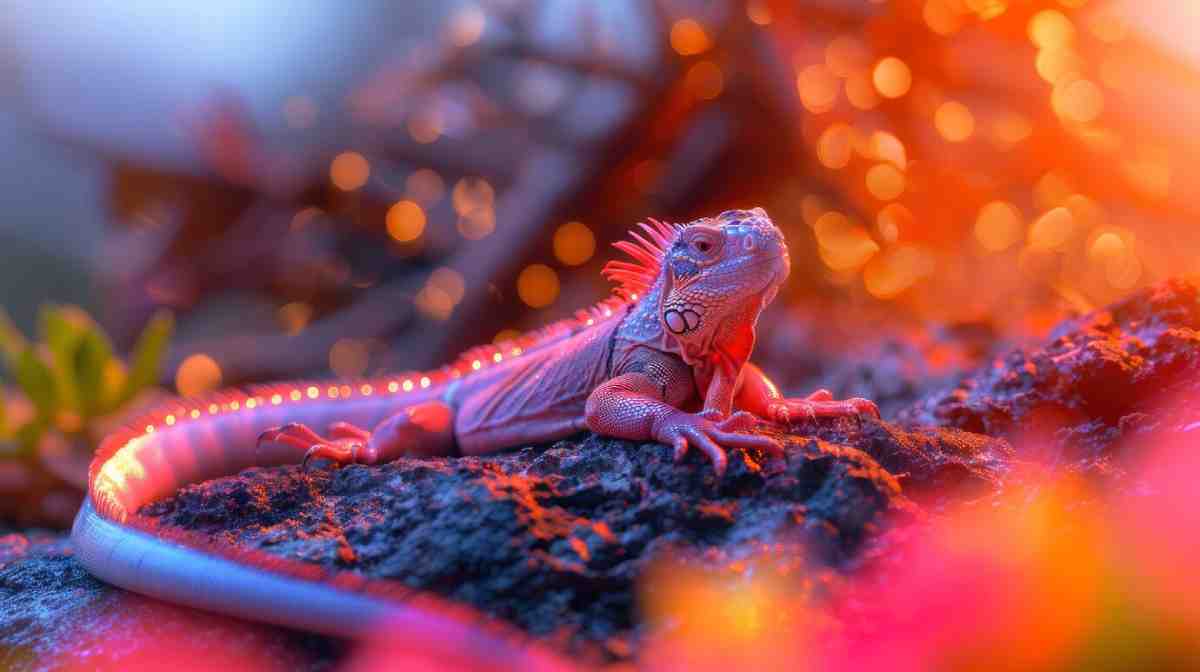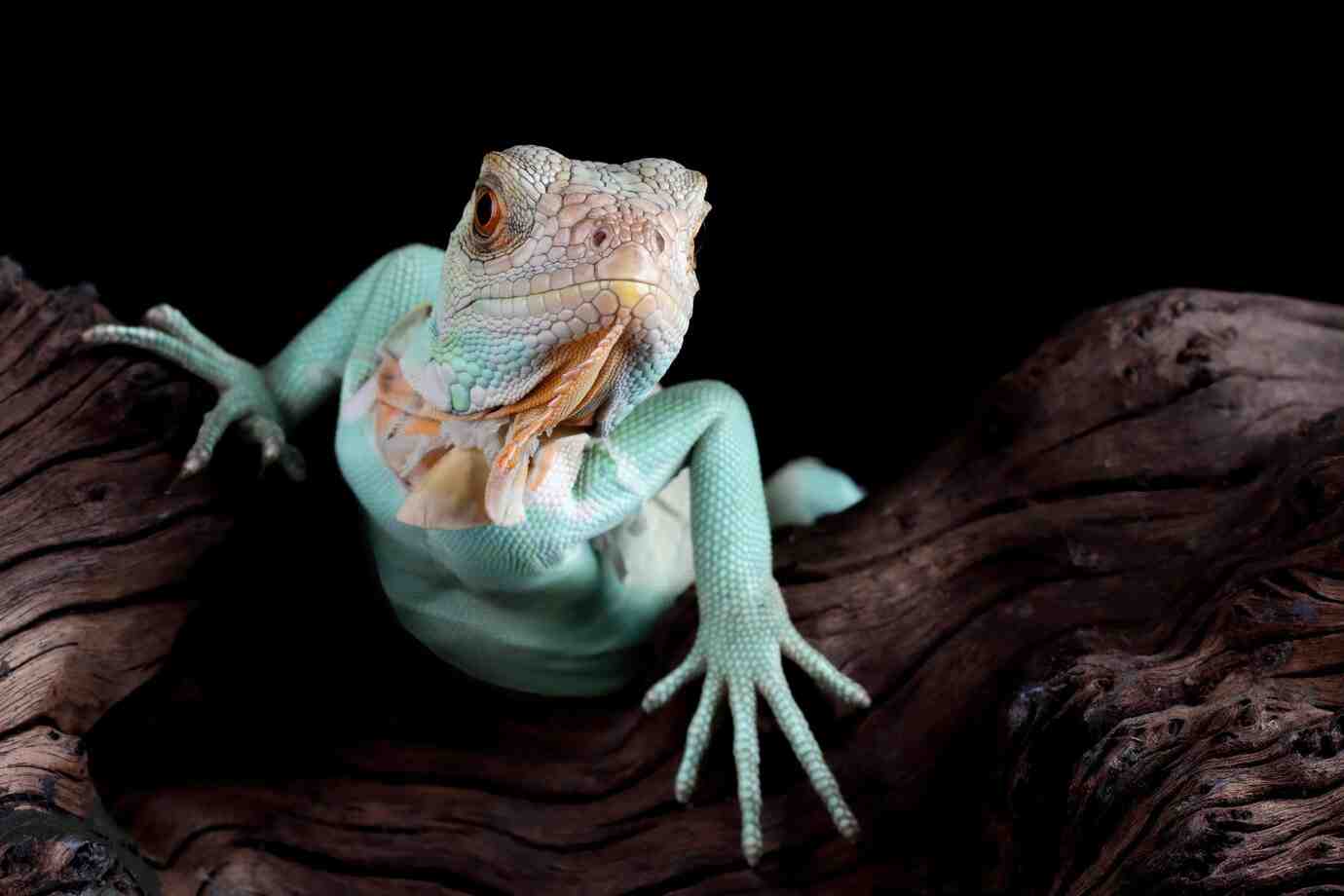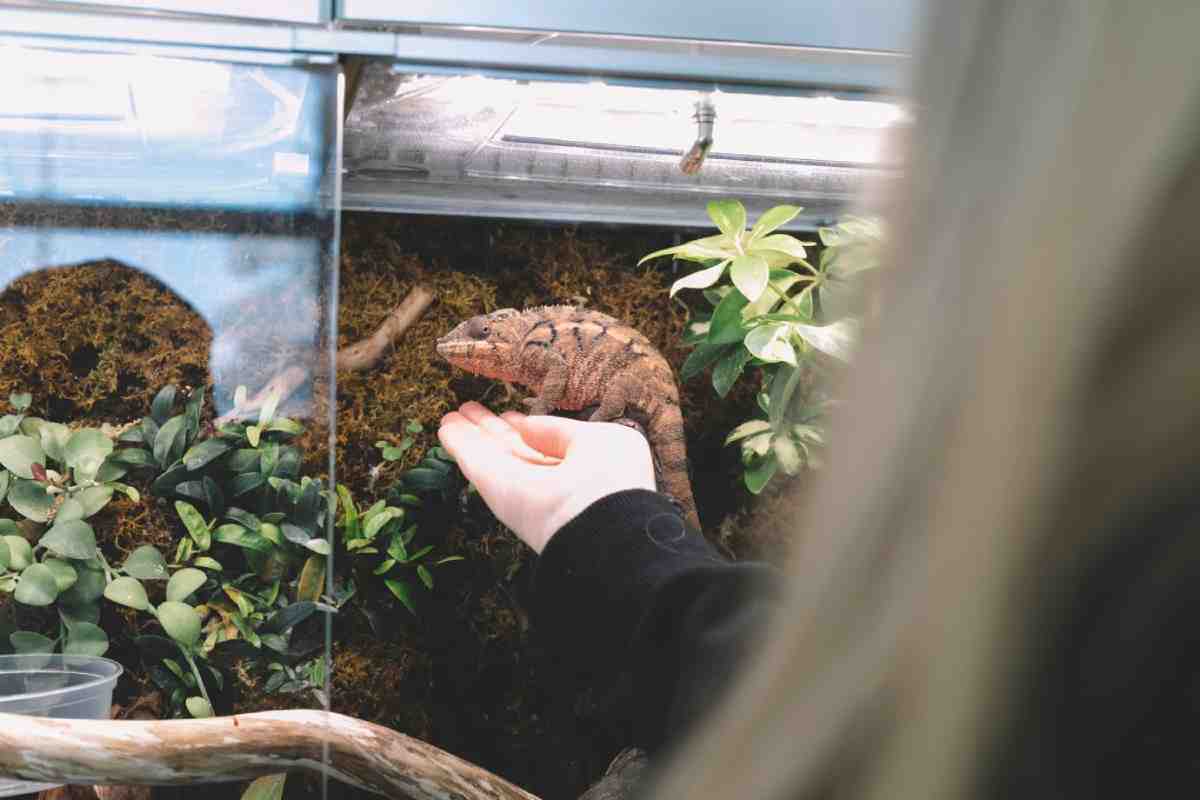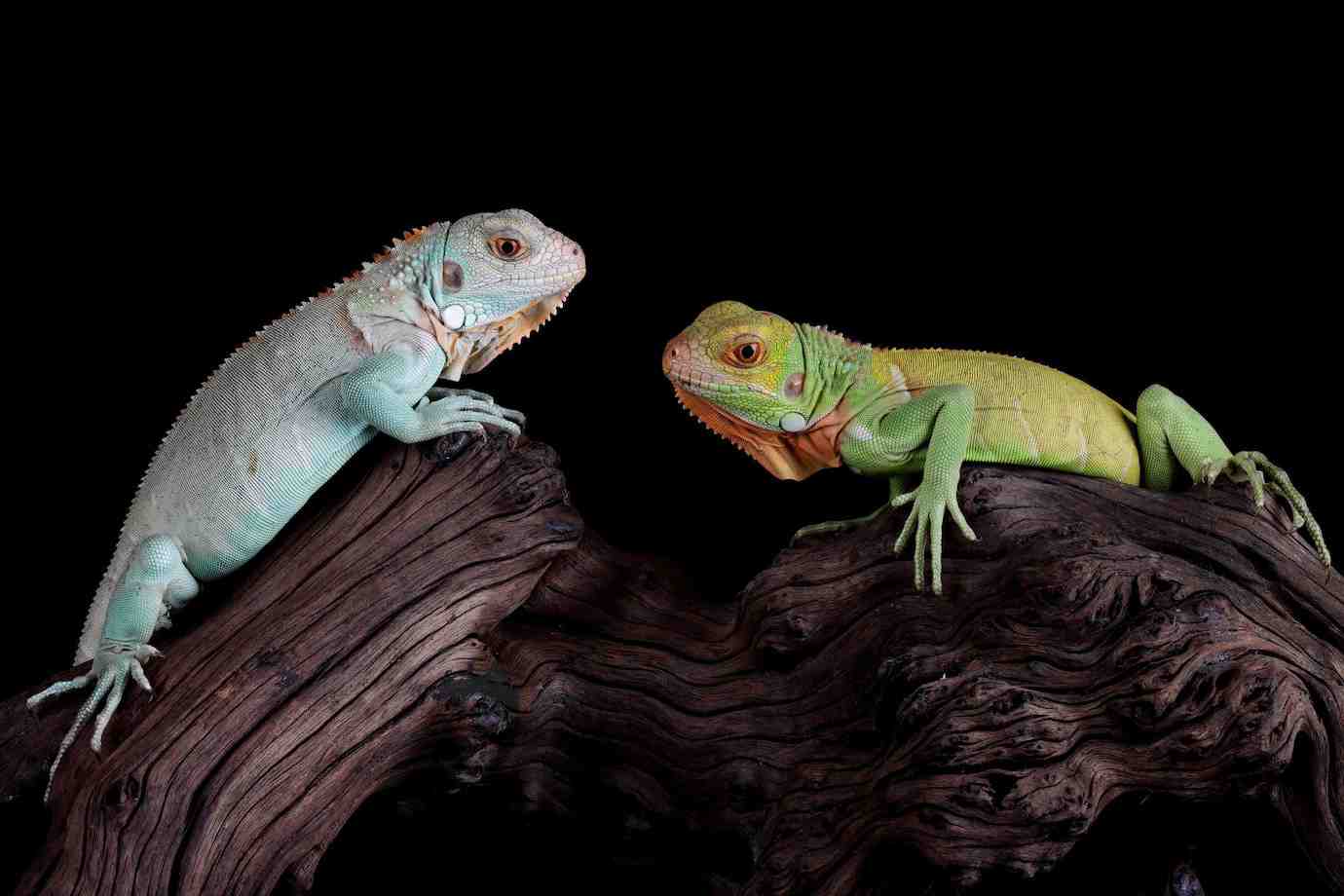
Common Breeding Challenges and How to Overcome Them
Breeding reptiles can be deeply rewarding — but it’s not without challenges. From pairing animals to raising hatchlings, every step has its own risks. Knowing common problems and how to handle them can turn a stressful experience into a successful clutch.
In this guide, you’ll discover common reptile breeding issues, tips for caring for delicate hatchlings, and practical advice for exotic breeding. This will help you tackle setbacks and boost your success.
Why Breeding Reptiles Isn’t Always Easy
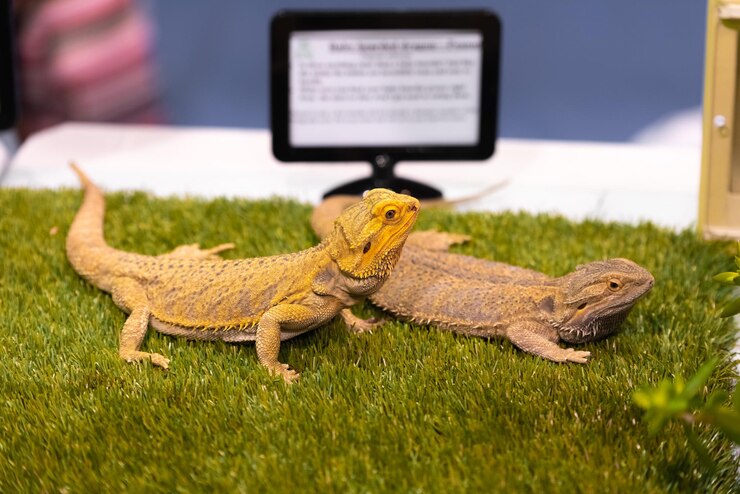
Many keepers assume that if their reptiles are healthy and housed together, breeding will happen naturally. While that’s sometimes true, things don’t always go to plan.
Common difficulties include:
- Failed mating attempts
- Egg binding in females
- Infertile or mouldy eggs
- Weak or non-viable hatchlings
- Unexpected deaths after hatching
Breeding is part science, part art — and requires both patience and preparation.
Problem 1: Mating Doesn’t Happen
Sometimes, even when you introduce a healthy male and female, nothing happens. No courtship, no interest — just avoidance or even aggression.
Possible Causes:
- Wrong sex pairing (mistakes in sexing are common)
- Wrong timing — not the right season or the female isn’t receptive
- Environmental issues — temperatures, lighting, or humidity are off
- Health problems — parasites, malnourishment, or stress
Solutions:
- Double-check the sex of each reptile using reliable techniques
- Ensure both reptiles are mature and well-fed
- Mimic natural seasonal cues (cooling period, daylight shifts)
- Keep them separate and try again in a week
Exotic breeding advice tip: Never leave males and females together permanently. This can lead to stress and injury.
Problem 2: Aggression During Mating Attempts
Some species display mild biting or holding during courtship. But if your reptiles are fighting, it’s time to step in.
Signs of Trouble:
- Persistent biting or tail whipping
- Chasing, pinning, or signs of fear
- Visible injuries or stress post-introduction
What to Do:
- Separate immediately
- Treat any injuries
- Try reintroduction under supervision later
- Consider rotating enclosures to let them “scent swap” first
Aggression can often be avoided by introducing animals in neutral space or during peak activity times.
Problem 3: Egg Binding (Dystocia)
Egg binding occurs when a female can’t pass her eggs. It’s one of the most serious reptile breeding problems — and can be fatal without quick action.
Warning Signs:
- Straining without laying
- Lethargy or weakness
- Lack of appetite for extended periods
- Swollen, firm belly with no eggs passed
Prevention and Treatment:
- Offer a proper lay box early
- Ensure calcium and hydration levels are high
- Avoid handling gravid females unnecessarily
- Consult a vet immediately if eggs are overdue or symptoms appear
This is a true emergency. Prompt treatment often includes fluids, warmth, calcium injections, or surgery.
Problem 4: Infertile or Mouldy Eggs
Even when eggs are laid, not all are viable. Infertile or poorly incubated eggs can collapse, mould, or fail to hatch.
Causes:
- Poor pairing or inexperienced breeders
- Incomplete mating
- Improper incubation (wrong temp or humidity)
- Disturbing or rotating eggs accidentally
How to Reduce Losses:
- Handle eggs carefully and keep them in original orientation
- Incubate at stable temperature and humidity
- Use clean, slightly damp incubation media (like vermiculite or HatchRite)
- Candle the eggs after 10–14 days to check for veins and development
You may still lose a few eggs — even experienced breeders don’t get 100% hatch rates. That’s okay.
Problem 5: Hatchlings That Won’t Eat
One of the most frustrating parts of reptile hatchling care is dealing with babies who refuse their first meals.
Common Reasons:
- Stress from hatching
- Improper temperature in the enclosure
- Dehydration or retained yolk sac
- Hatchlings born weak or undersized
What to Try:
- Ensure warm, humid, and quiet enclosures
- Offer prey appropriate to size (e.g., pinhead crickets, pinkie mice)
- Try motion — tong-feeding often works better than static prey
- Wait until after the first full shed (3–5 days post-hatch)
If no feeding occurs after 10 days, consult a vet. Weak hatchlings may need assist-feeding or fluids.
Problem 6: Deformed or Weak Hatchlings
Sometimes, babies hatch with curled spines, small limbs, or cannot move properly. While this is sad, it’s often preventable.
Likely Causes:
- Temperature fluctuations during incubation
- Genetic issues from inbreeding or unstable morphs
- Poor nutrition in parents
- Mishandling of eggs
Prevention:
- Use a thermostat to maintain consistent temps
- Avoid pairing related animals
- Feed breeding females a varied, calcium-rich diet
- Never rotate eggs after laying
Deformed hatchlings may survive with care, but some may not have quality of life. Euthanasia may be the kindest option in severe cases.
Best Practices for Reptile Hatchling Care
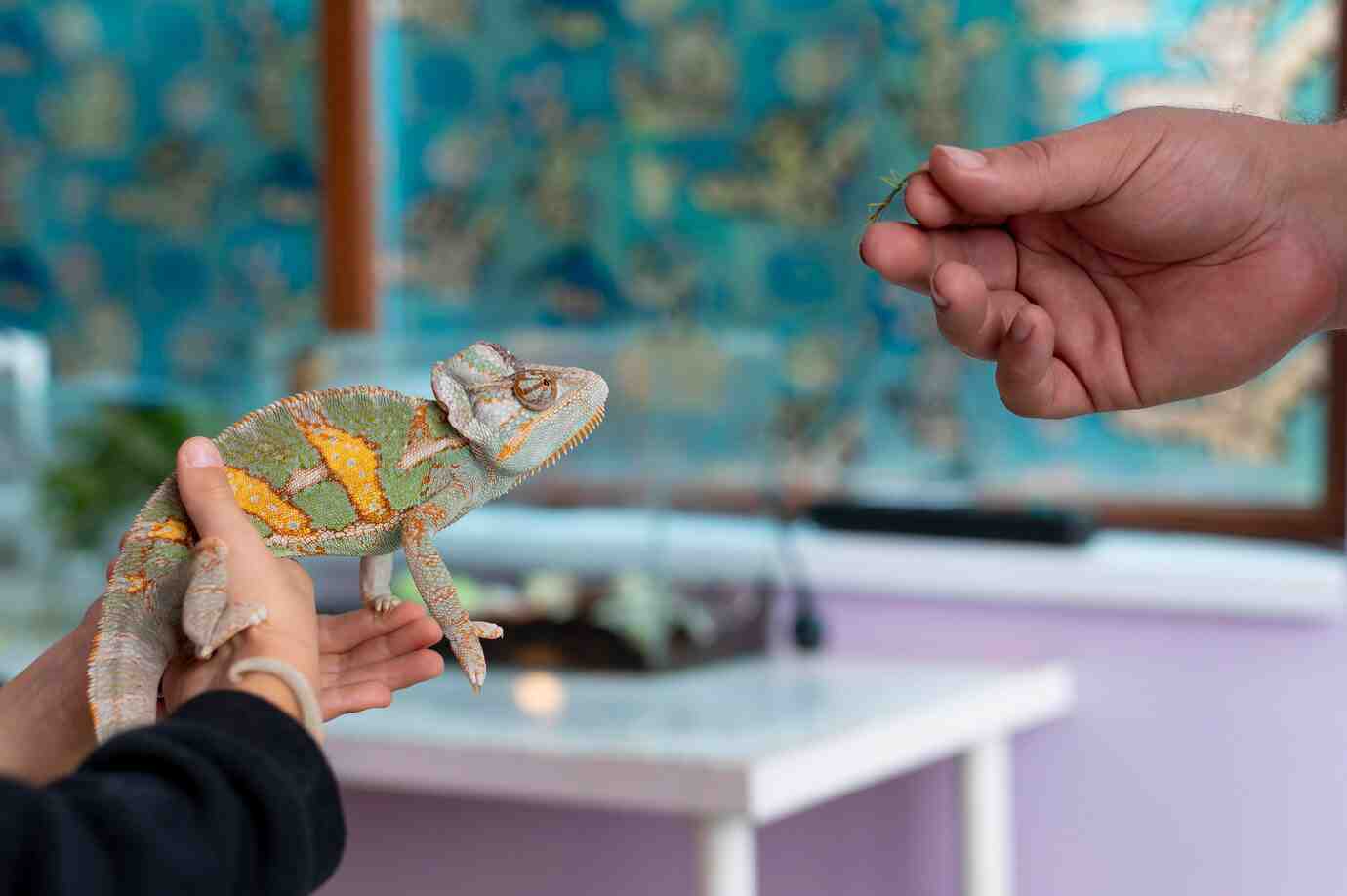
Even healthy babies need proper support to thrive.
Hatchling Setup Tips:
- Use small enclosures with minimal decor
- Paper towel substrate makes cleanup easy and avoids impaction
- Offer hides and water
- Monitor temperature and humidity closely
- Keep hatchlings separate to prevent stress and bullying
Keep records of feeding, shedding, and weight. These notes help identify problems early.
When to Call a Vet
Breeding is a biological process, but things can go wrong quickly. Don’t hesitate to contact a reptile-savvy vet if you notice:
- A gravid female not laying after expected time
- Hatchlings with injuries or deformities
- Babies that haven’t eaten in 10+ days
- Swelling, bleeding, or discharge in any animal
- Signs of infection (smell, swelling, pus)
Building a relationship with a trusted exotic vet is a smart investment. It helps you before any issues come up.
Challenges Are Part of the Process
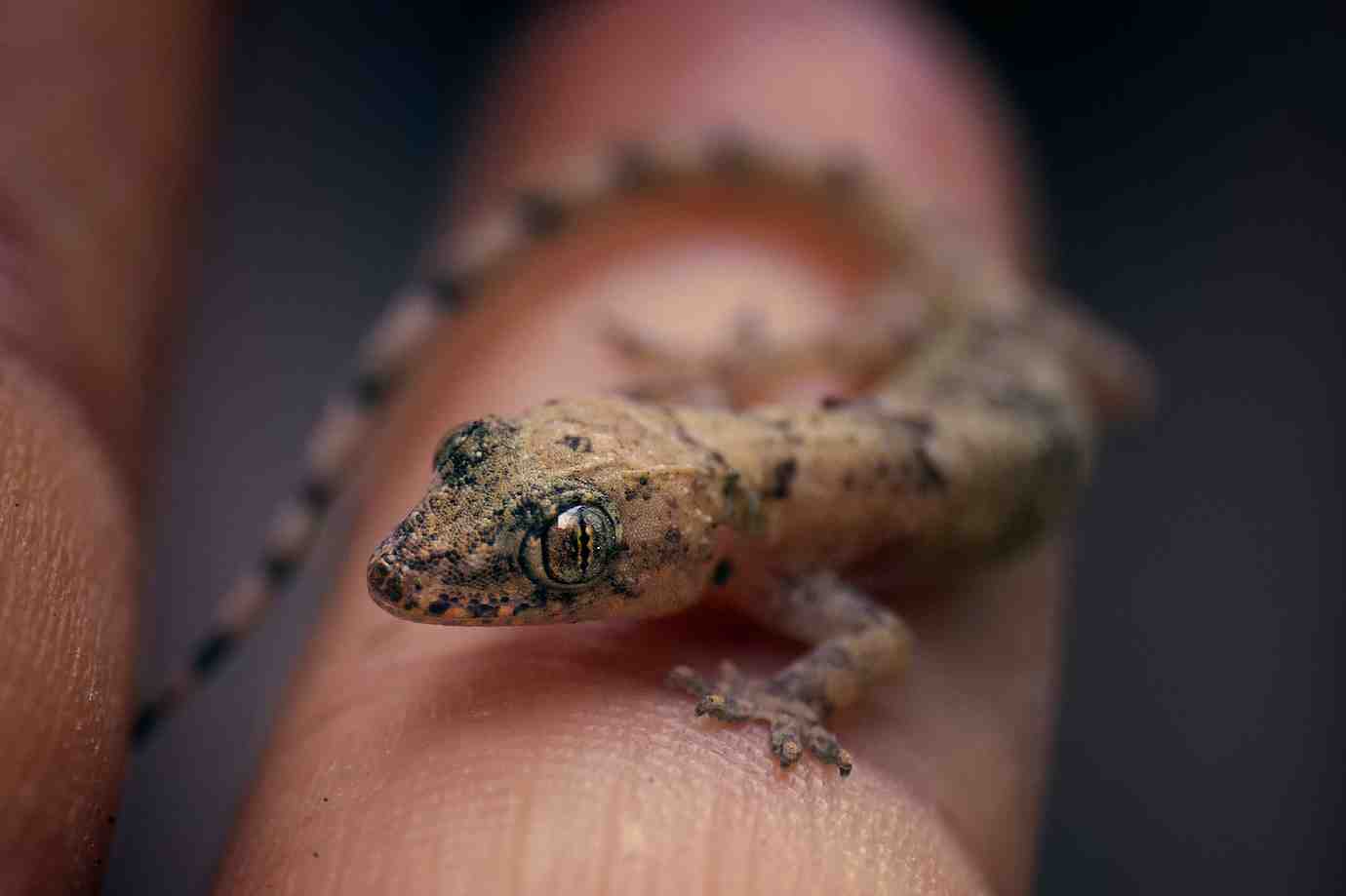
Even the most experienced breeders face setbacks. Eggs don’t hatch, pairings fail, and babies sometimes need extra care. What matters is how you respond.
Prepare well, follow trusted exotic breeding tips, and know common reptile breeding issues. This way, you’ll care for your adult reptiles and their young more effectively.
Remember — every challenge is a chance to learn and improve.
